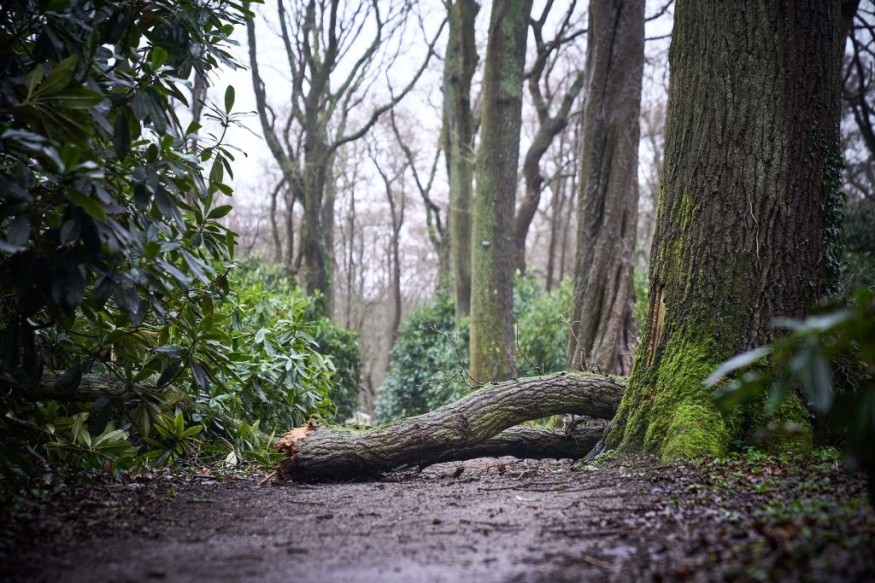A mysterious forest filled with massive stone jars going back thousands of years has been uncovered in India. But no one knows what they were used for, why they were buried, or who made them.
During a tour of the region in 2020, researchers from The Australian National University (ANU) uncovered the monolithic site in Dima Hasao Province, Assam, India.

Research
In a paper published in the journal Asian Archaeology, researchers noted that strange, buried limestone jars were initially discovered in Assam in the early 1900s. Still, they were not recorded systematically until the mid-2010s.
During the 2020 survey, the crew discovered four megalithic jar sites.
They had intended to investigate the known jar sites in Assam, but as they explored the deep jungle, they discovered an increasing number of these odd limestone jars.
Other nations, such as Indonesia and Laos, have already discovered enormous ancient stone jars.
Assam Site
The Assam site is likely related to jar sites discovered in Laos, 500 kilometers to the southeast, and has been researched more thoroughly. Some of the jars in Laos are gigantic, reaching a height of 10 feet and a width of 6.5 feet.
These contained cremated human remains, suggesting they were most likely made for funeral purposes.
According to Nicholas Skopal, the study's author, they have barely "scratched the surface" of the stone jar sites in Assam.
"We've begun to look for more," he added. "There's a lot of jungle and woodland; we've only looked at a small portion of it; there must be more since we discover new sights every time we venture out."
Also Read : Authorities to Restore Parts of the Stonehenge
Connection
Skopal believes the Laotian and Assamese sites are related. The jars in Assam have yet to be dated, while those in Loas date from approximately 1,000 BC, with further graves dating from roughly 1,000 AD.
They don't know if the civilization is the same or if new tribes have arrived in the area, but there has been activity surrounding the location for at least 2,000 years.
They want to date the Assam jars using a procedure that involves removing sediment and analyzing it to determine when it was last exposed to sunlight. Once they know how ancient the Assam jars are, they should be able to tell whether this civilization originated in Laos and then went to Assam.
Jar Conditions
The jars have been exposed to the elements, and reports indicate that the contents have been removed over time. They're hoping to uncover jars in more distant areas that haven't been tampered with, according to Skopal.
This would give us a better idea of what the jars were for and why they were utilized. "At some places, you'll find larger jars surrounded by smaller jars."
The jars appear to have been cut out of stones, according to Skopal. In Assam, there is evidence of a quarry, although the stones might have originated from a stream bed or riverbed where rocks would have existed.
Inside the jars grooves, where an instrument was used to carve them. "After that, they had to transfer it, which would have required hundreds of men to pull it or load it into a trolley."
Looking for More
The team now intends to return to Assam to locate other jar sites before they are destroyed due to forest clearing for planting.
"Once the sites have been registered, the government can engage with local communities to conserve and manage them so that they are not destroyed," Skopal said.
For more similar news, don't forget to follow Nature World News!
© 2025 NatureWorldNews.com All rights reserved. Do not reproduce without permission.





